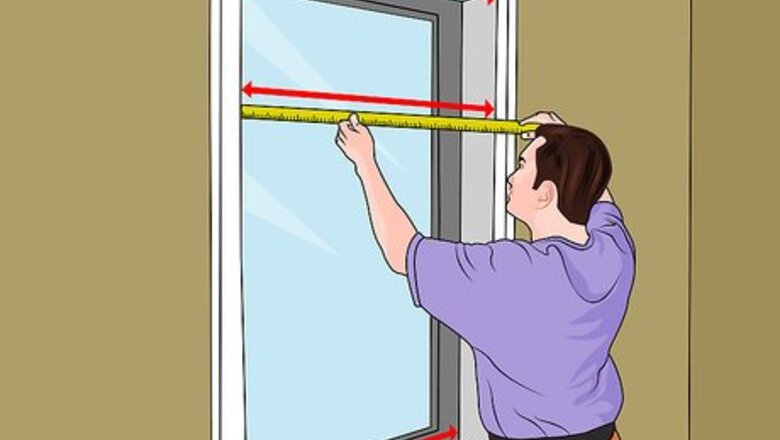
views
Cutting the Head Rail
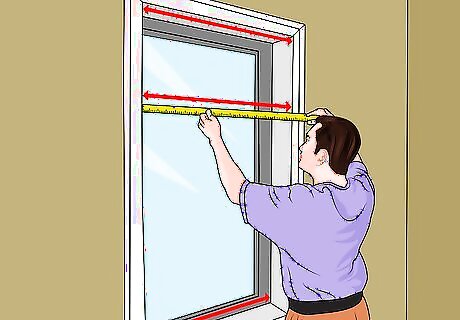
Measure the width of the window to determine the necessary width of the blinds. Typically, a set of inside-mount blinds should measure about ⁄2 inch (1.3 cm) less than the width of the window frame. Make sure you measure the inside of the frame, where the blinds actually fit, and not the entire window frame. Measure in at least three places -- the top, bottom, and middle of the window.
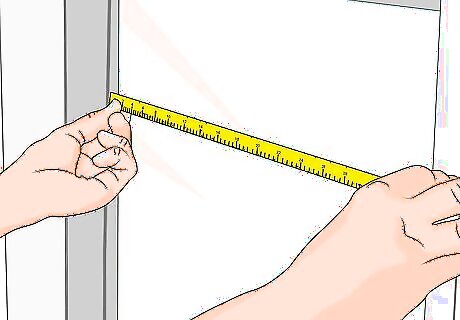
Mark the smallest measurement, and cut to this. Most windows are going to have regular, even spacing, but older houses may have some variability. If there is a change, use the smallest measurement taken.
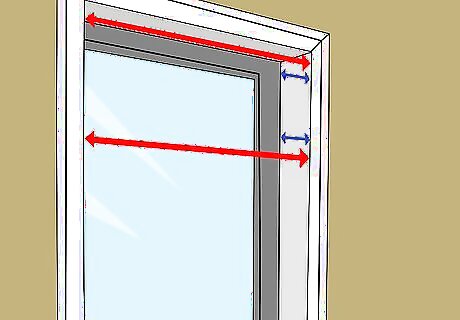
Subtract 1/4-inch from each side to ensure the blinds have room to move up and down. This small gap will keep your blinds from getting cut or stuck on the windowsill.
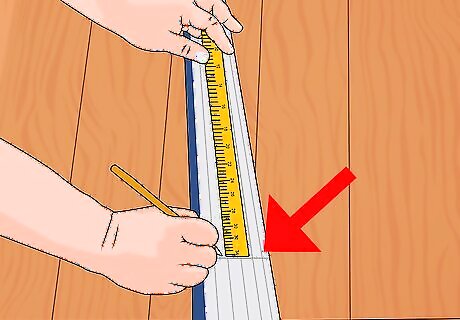
Measure the blinds from the head rail and use a pencil to mark your new desired length. Use the measurement found above and mark the headrail (the top of the blinds) at this length. You may either cut an even amount off of both sides or cut only from the pull cord side. If the chords are on one side, you can cut only from the other side. In many ways, only cutting one side is much easier.
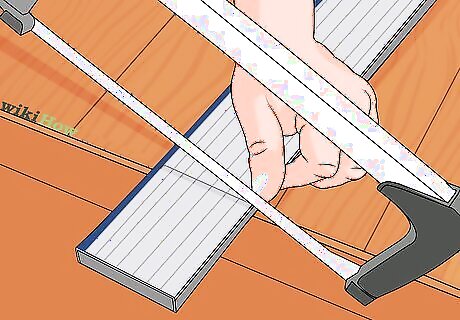
Cut the blind headrail using a hacksaw or tin snips. Simply start sawing to remove the headrail where you noted: Remove the metal end stiffener bracket from the side(s) you are cutting. Use the hacksaw or tin snips to cut the headrail per your measured mark. File any rough edges with a metal file. However, keep in mind that the headrail edges will be covered by the mounting brackets, so a rough cut will not be visible. Replace the metal end stiffener onto the newly cut headrail.
Cutting the Slats
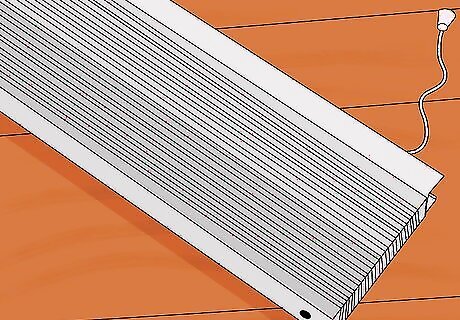
Line up the blind slats and the bottom rail evenly. Ensure that the pull cord is fully engaged so there is no slack.
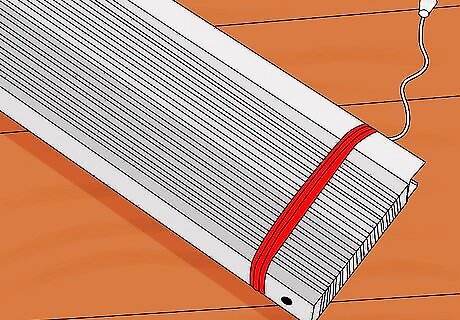
Secure the ends of the slats with rubber bands or a clamp. Make sure they are tight, but also even. You want them to line up perfectly for a perfect cut. The band or clamp should be on the inside of wherever you're making your cut.
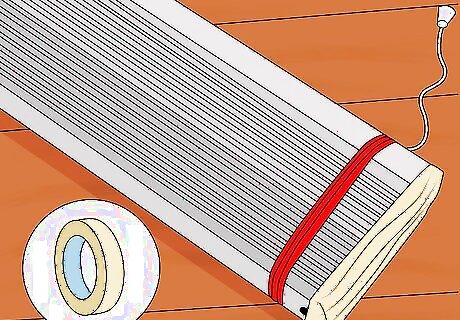
Cover the ends of the slats with masking tape to prevent chipping or splintering. This is especially helpful if you are working with wood or faux wood blinds.
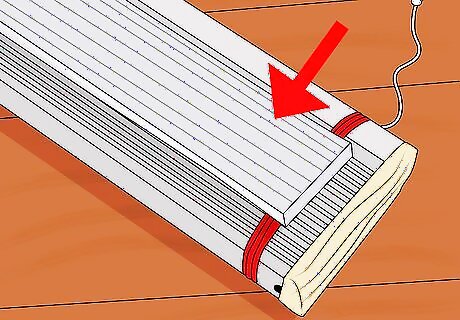
Measure and mark the appropriate width. This will be right in line with your newly cut headrail. Use a straight edge to ensure they are lined up nicely and draw a line to cut with.
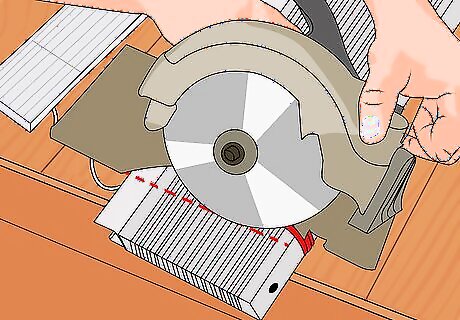
Ensure that the headrail is not in the way of the saw blade by sliding all of the slats over to one side. Once you've created your line, slide the slats away from the headrail, if possible.
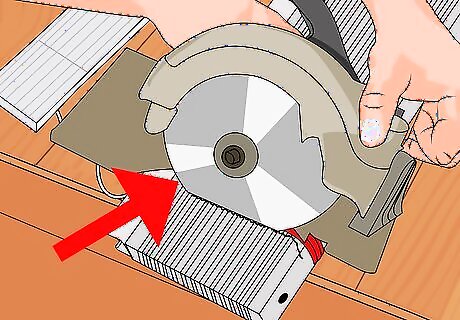
Cut the blind slats and bottom rail using a circular saw or table saw. For plastic blinds, you might even be able to use a powerful set of sheers.
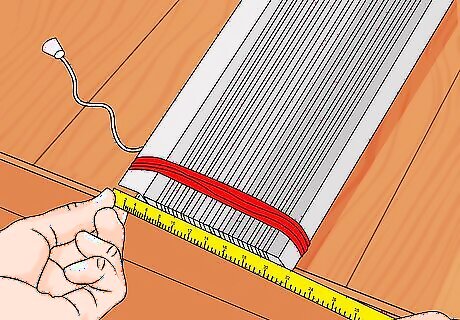
Confirm that all slats, the headrail, and the bottom rail are cut at the same length. If not, trim individual elements as needed to ensure a consistent width. Use some sandpaper to clean off the edges of the blinds.



















Comments
0 comment